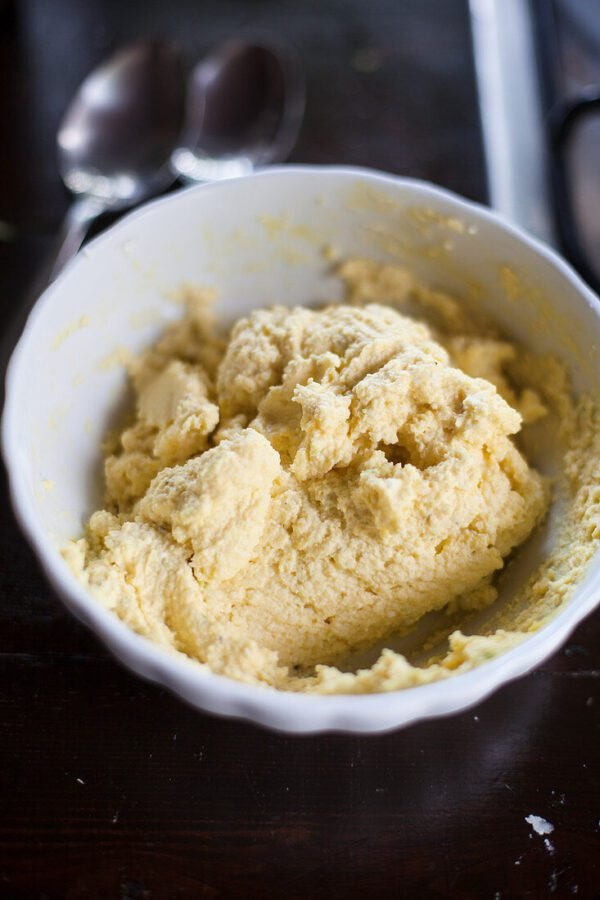Every successful bake starts with one thing: the dough. Whether you’re crafting a crusty loaf, delicate pastry, or buttery tart, understanding the types of dough is the secret to baking brilliance. For both home bakers and professionals, mastering the main dough types builds confidence and ensures every creation has the right texture, taste, and structure.
Understanding the Basics: What Is Dough?
At its simplest, dough is a mixture of flour and liquid, often enhanced with fats, leavening agents, or flavourings. But its true magic lies in how it’s developed — how ingredients interact, gluten forms, and fermentation unfolds.
The Role of Gluten in Dough Formation
Gluten provides structure. When water meets flour, gluten proteins (gliadin and glutenin) bond, creating an elastic network. This elasticity traps gas during fermentation, allowing bread to rise and pastries to hold their shape.
Key Ingredients That Define Dough Quality
-
Flour: Determines protein (and gluten) strength.
-
Liquid: Activates gluten and dissolves sugar and salt.
-
Fat: Adds tenderness and flavour.
-
Leavening agents: Help dough rise (yeast, baking powder, or natural fermentation).
1. Yeast Dough – The Heart of Breadmaking
Characteristics and Uses of Yeast Dough
Yeast dough is the cornerstone of traditional breadmaking. It relies on baker’s yeast to ferment sugars, releasing carbon dioxide and alcohol, which create the bread’s airy texture. Yeast doughs are kneaded to build gluten strength, then left to rise before baking.
Examples: Brioche, Baguette, and Pizza Dough
-
Brioche: Enriched with butter and eggs, offering a soft, rich crumb.
-
Baguette: Classic French bread with a crisp crust and chewy interior.
-
Pizza Dough: Elastic and flavourful, perfect for thin or thick crusts.
2. Sourdough – The Naturally Fermented Classic
How Sourdough Differs from Regular Yeast Dough
Unlike commercial yeast dough, sourdough uses a natural starter — a culture of wild yeast and bacteria. This fermentation gives sourdough its unique tang and chewy texture.
The Art of Maintaining a Sourdough Starter
Caring for a sourdough starter means regularly feeding it with flour and water. Once established, it can live indefinitely, improving flavour and strength over time. Many bakers name their starters as they become cherished kitchen companions.
3. Shortcrust Pastry – The Baker’s Secret to Perfect Pies
How Fat Affects Texture and Taste
Shortcrust pastry is all about the fat-to-flour ratio. Fat coats the flour, limiting gluten formation and producing a crumbly, “short” texture. Cold butter is essential for flakiness, while a splash of cold water helps the dough bind.
Tips for Making Buttery, Flaky Shortcrust Pastry
-
Keep ingredients cold.
-
Handle the dough minimally.
-
Rest it before rolling.
Perfect for tarts, quiches, and pies, shortcrust pastry is a versatile dough that can be sweet or savoury.
4. Choux Pastry – The Base of Elegant Desserts
The Science Behind Puffing and Steam
Choux pastry (or pâte à choux) is a cooked dough that puffs up during baking due to steam, not yeast. The result? Airy, hollow shells ready to be filled with cream or custard.
Classic Treats: Éclairs, Profiteroles, and Churros
Choux pastry is the foundation of some of the world’s most beloved desserts — from French éclairs to Spanish churros. Each variation showcases the same airy texture and delicate crispness.
5. Puff Pastry – Layers of Light, Buttery Perfection
The Technique of Folding and Laminating Dough
Puff pastry is made by laminating butter between thin layers of dough. Through repeated folding and rolling, hundreds of micro-layers form. When baked, the water in the butter turns to steam, separating the layers and creating that signature puff.
How to Achieve That Iconic Flaky Texture
Patience and precision are key. Keep everything cold, use even pressure, and allow rest periods between folds. Puff pastry forms the base for croissants, palmiers, and vol-au-vents.
Related: What to do if my Cookie Dough is Too Sticky
Comparing the 5 Types of Dough: A Quick Reference Table
| Dough Type | Leavening Agent | Texture | Common Uses |
|---|---|---|---|
| Yeast Dough | Yeast | Airy, chewy | Bread, pizza |
| Sourdough | Natural starter | Tangy, chewy | Artisan loaves |
| Shortcrust Pastry | None | Crumbly, tender | Pies, tarts |
| Choux Pastry | Steam | Light, hollow | Éclairs, profiteroles |
| Puff Pastry | Steam & butter | Flaky, crisp | Pastries, croissants |
Common Mistakes Bakers Make When Handling Dough
Overmixing or Undermixing Dough
Overworking the dough can make it tough, while undermixing leaves it uneven. Learn to recognise the perfect consistency — smooth, elastic, and slightly tacky.
Incorrect Proofing Times
Rushing proofing prevents full fermentation; over-proofing collapses the structure. Aim for dough that doubles in size and springs back gently when pressed.
Essential Tools for Perfect Dough Preparation
-
Mixing bowls (preferably glass or stainless steel)
-
Digital scales for accuracy
-
Dough scraper for clean handling
-
Rolling pin
-
Baking stone or steel for bread

